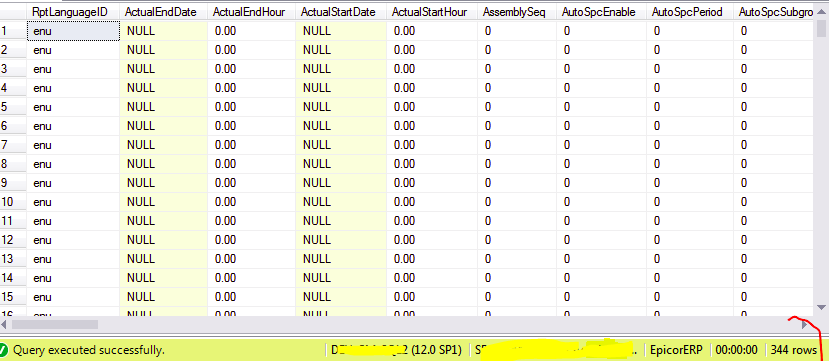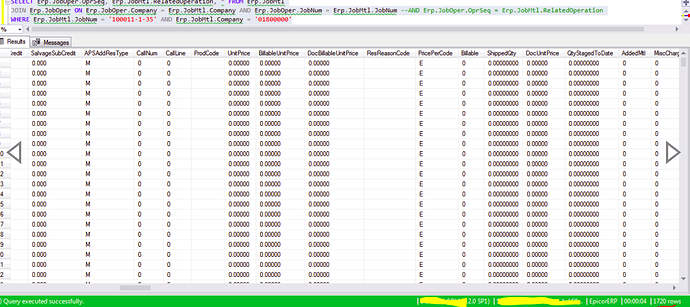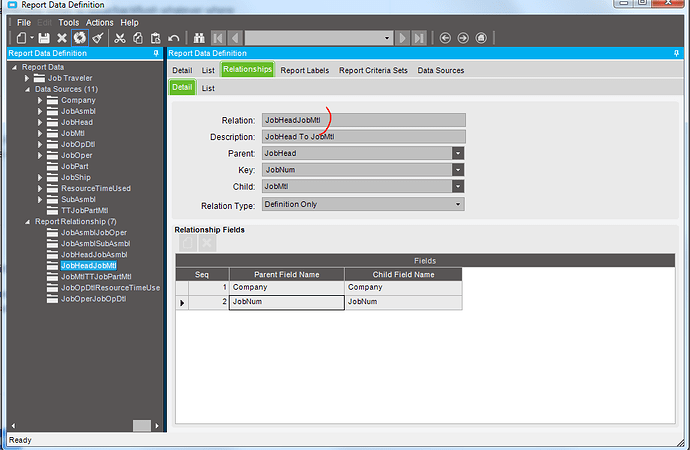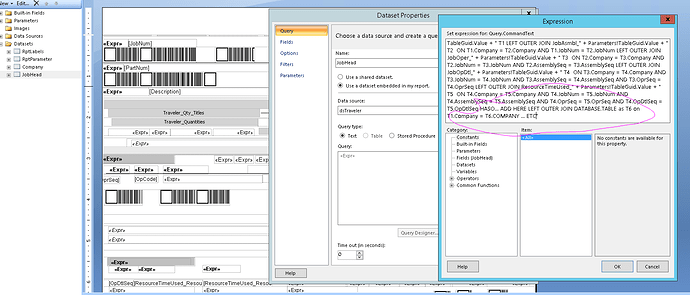I am trying to setup a Job Stream to Mass print my Job Travelers every morning. However I come in to them erroring out. When I peel back to printing 30 at a time they run successfully under 5 minutes. I got the Timeout settings from Epicor Support and made the appropriate changes and am still seeing this error if I print more than 30 at a time. a Full print is probably around 200 Job Travelers. Below is the full error I am seeing, has anyone else experienced this?
Program Ice.Services.Lib.RunTask raised an unexpected exception with the following message: RunTask: Client found response content type of ‘text/html; charset=utf-8’, but expected ‘text/xml’.
The request failed with the error message:
Thread was being aborted.
body {font-family:"Verdana";font-weight:normal;font-size: .7em;color:black;}
p {font-family:"Verdana";font-weight:normal;color:black;margin-top: -5px}
b {font-family:"Verdana";font-weight:bold;color:black;margin-top: -5px}
H1 { font-family:"Verdana";font-weight:normal;font-size:18pt;color:red }
H2 { font-family:"Verdana";font-weight:normal;font-size:14pt;color:maroon }
pre {font-family:"Lucida Console";font-size: .9em}
.marker {font-weight: bold; color: black;text-decoration: none;}
.version {color: gray;}
.error {margin-bottom: 10px;}
.expandable { text-decoration:underline; font-weight:bold; color:navy; cursor:hand; }
<body bgcolor="white">
<span><H1>Server Error in '/ReportServer' Application.<hr width=100% size=1 color=silver></H1>
<h2> <i>Thread was being aborted.</i> </h2></span>
<font face="Arial, Helvetica, Geneva, SunSans-Regular, sans-serif ">
<b> Description: </b>An unhandled exception occurred during the execution of the current web request. Please review the stack trace for more information about the error and where it originated in the code.
<br><br>
<b> Exception Details: </b>System.Threading.ThreadAbortException: Thread was being aborted.<br><br>
<b>Source Error:</b> <br><br>
<table width=100% bgcolor="#ffffcc">
<tr>
<td>
<code>
An unhandled exception was generated during the execution of the current web request. Information regarding the origin and location of the exception can be identified using the exception stack trace below.
</td>
</tr>
</table>
<br>
<b>Stack Trace:</b> <br><br>
<table width=100% bgcolor="#ffffcc">
<tr>
<td>
<code><pre>
[ThreadAbortException: Thread was being aborted.]
System.Web.HttpApplication.ExecuteStep(IExecutionStep step, Boolean& completedSynchronously) +312
System.Web.ApplicationStepManager.ResumeSteps(Exception error) +762
System.Web.HttpApplication.System.Web.IHttpAsyncHandler.BeginProcessRequest(HttpContext context, AsyncCallback cb, Object extraData) +256
System.Web.HttpRuntime.ProcessRequestInternal(HttpWorkerRequest wr) +444
</td>
</tr>
</table>
<br>
<hr width=100% size=1 color=silver>
<b>Version Information:</b> Microsoft .NET Framework Version:2.0.50727.8009; ASP.NET Version:2.0.50727.8015
</font>
</body>









